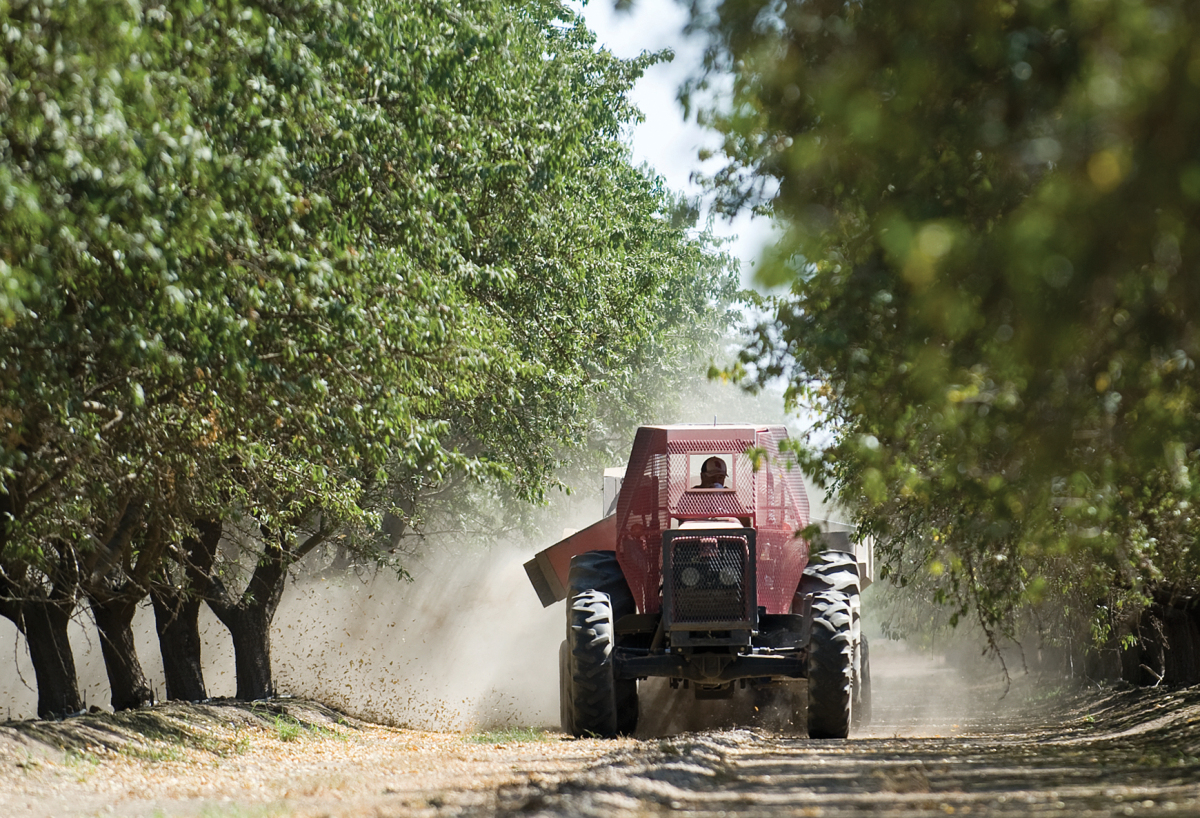Surrounded by the fields of California’s Central Valley, where generations of farmers have toiled to feed a nation, a quiet battle for survival unfolds.
As a cultivator of this land, we stand at the crossroads of tradition and conservation, where every drop of water holds the promise of life and the threat of scarcity. In our quest to sustain the legacy of the valley, we navigate an evolving maze of regulations that shape our destiny.
In this state, where the soil is as diverse as its people, agriculture forms the cornerstone of our economy and culture. Yet, the lifeblood of our fields—water—is entangled in a complex web of environmental, societal, and regulatory challenges.
The recent tightening of water diversions, under the guise of protecting in some cases likely abundant Steelhead populations, underscores a troubling trend that risks the very foundation of our agricultural heritage.
This isn’t merely about irrigation; it’s about maintaining a lifeline for crops that millions depend upon.
The ramifications of reduced water allocations extend far beyond the boundaries of our farms. They ripple through the economy, diminishing food security and elevating prices at the grocery store.
Fields left fallow represent not just lost income but lost opportunities—for jobs, for community resilience, and for sustaining the rich legacy of rural life.
The narrative is all too familiar: as diversions dwindle, so does the spirit of the valley, challenging our ability to contribute to a thriving state and nation.
In the face of adversity, we call for a dialogue rooted in understanding and mutual respect. The decisions impacting water allocations should not be made in isolation but should consider the broad spectrum of consequences for farmers, communities, and the environment.
We support measures that protect our natural habitats, but advocate for solutions that do not disproportionately burden the agricultural sector. Embracing adaptive management and collaborative transparent science can lead us to innovative practices that safeguard both our ecological and agricultural resources.
From the heart of California’s Central Valley, I extend an invitation to policymakers, environmentalists, and fellow citizens: let us forge a new path forward, one that harmonizes the needs of the environment with the necessities of agriculture.
Together, we can cultivate policies that nurture the land, protect our shared natural heritage, and ensure the continued bounty of our fields for generations to come.











